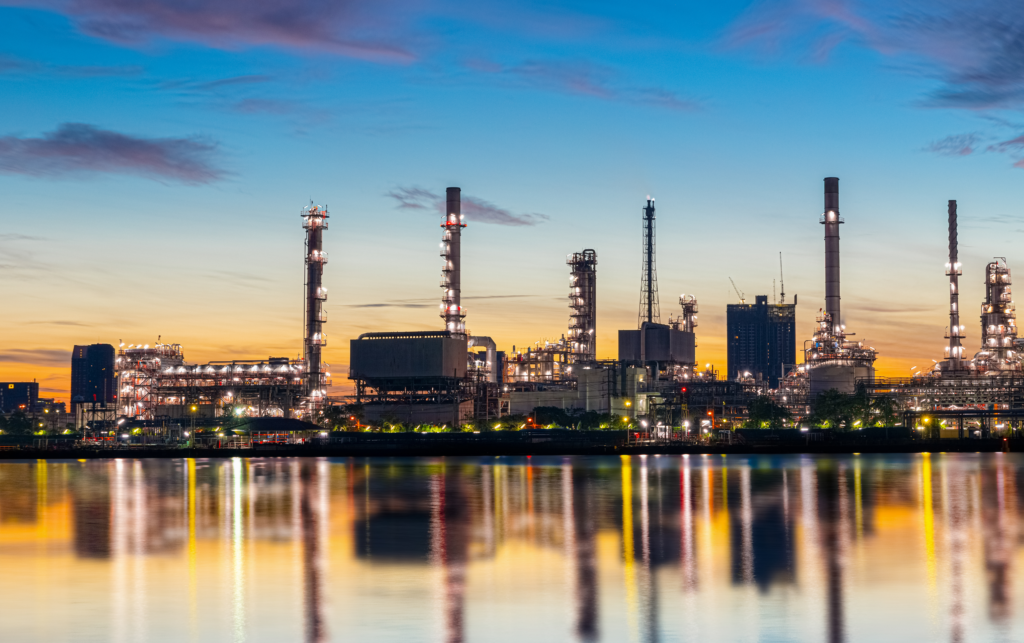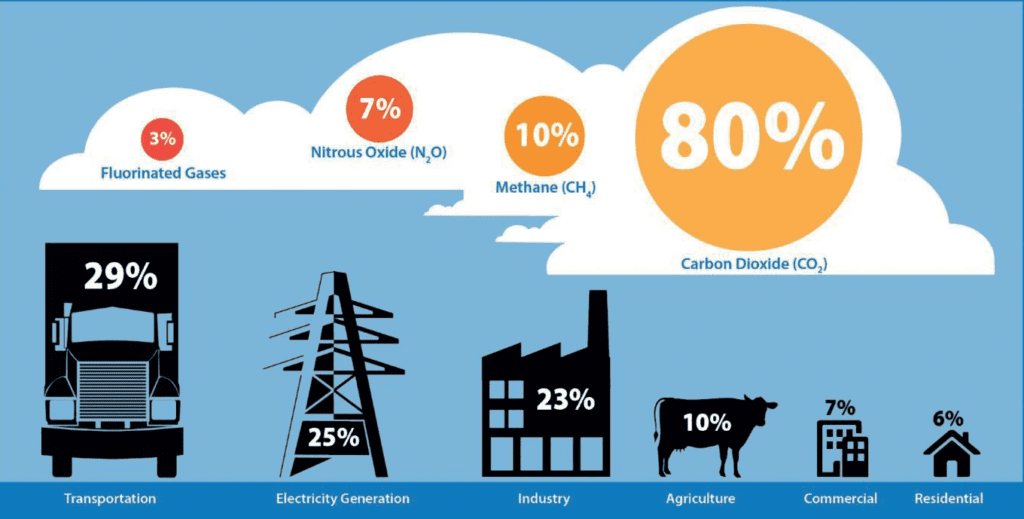The U.S. government has been working for over 50 years to address air quality concerns for its citizens and to regulate and reduce overall emissions going into the atmosphere. In the 1970s the Clean Air Act (CAA) was established which is a comprehensive federal law that regulates air emissions from stationary and mobile sources. The CAA established and authorized the Environmental Protection Agency (EPA) to protect public health and welfare through National Ambient Air Quality Standards (NAAQS) which regulate emissions and hazardous air pollutants. The goal of the CAA was to have NAAQS in every state by 1975. However, it was amended in 1977, and then again in 1990, to extend the deadlines for these standards, as many of the impacted industries and organizations had failed to meet the originally established timelines.
By Chris Morris, Sales Engineer, Teadit
Background of OOOO
Within the CAA one focus (section 112) is to address emission standards for hazardous air pollutants (HAPs). Another area of focus (section 111) is to address any stationary source which causes or contributes to significant air pollution; those being industrial facilities like refineries, chemical/petrochemical plants, and power plants. In the amendments that took place in 1990 section 112 was revised to require technology-based standards for major sources commonly referred to as Maximum Achievable Control Technologies (MACT); while section 111 was revised to issue performance standards to achieve emission limitations through Best Systems of Emission Reduction (BSER). This required the EPA to establish performance standards for new and modified stationary sources, commonly referred to as the New Source Performance Standards (NSPS).
Through these amendments the EPA was given the authority to define source categories, determine the pollutants for which standards should be developed, identify the facilities within each source category to be covered, and set the emissions levels of the standards. Moreover, not only were standards established, but the amendments to the CAA require that every eight years the EPA is to review the standards to determine whether any residual risk exists and whether it is necessary to revise the standards to address such risk.
This octennial review process has been felt particularly within the oil and natural gas sector, including operations involved in the extraction and production of oil and natural gas. For the oil refining industry, this includes all operations from the well to the point of custody transfer at a refinery. While on the natural gas side it includes all operations from the well to the customer.
In 1984 two main regulations existed for the oil and natural gas industry. 40 Code of Federal Regulations (CFR) part 60, subpart KKK was established to control equipment leaks of Volatile Organic Compounds (VOC’s) at onshore natural gas processing facilities; while 40 CFR part 60, subpart LLL was to control sulfur dioxide (SO2) emissions from natural gas processing plants. However, a future review found that the existing requirements were not adequate, and steps were taken to strengthen them.

During the review it was also found that there were significant VOC emissions from oil and natural gas operations that were not covered by the two existing regulations. Therefore, the EPA modified them to include any operation that was not previously covered, and a new standard was developed for facilities that commenced construction, reconstruction, or modification after August 23, 2011. This new standard 40 CFR part 60, subpart OOOO incorporated the requirements of the previous subparts, KKK and LLL, thus creating one consolidated standard of compliance. Existing facilities were ‘grandfathered in’ and not required to comply with the requirements of OOOO until they became subject through modification.
Updating Standards
As part of the requirements establish in 1984, leak detection and repair (LDAR) compliance programs were required for the onshore oil and natural gas processing plants. The original ‘leak’ definition that these facilities were subject to was 10,000ppm for valves (to be monitored quarterly), while connectors (including flanges) were exempt from required monitoring.
However, the updated requirements of OOOO brought about many changes for all operations within the oil and natural gas. The impact was minor from a LDAR perspective for well sites and compressor stations; which saw slightly increased requirements for recordkeeping and reporting. Oil and natural gas processing plants, on the other hand, saw sweeping changes including the leak definition decreased from 10,000ppm to 500ppm, and required monitoring annually of connectors via Method 21. Based on positive performance, these facilities could see relaxation of the required monitoring to every few years connectors, if not even longer, as long as the number of leaks found stayed below a certain threshold.

Four years later, on September 18th, 2015, 40 CFR part 60, subpart OOOOa was introduced as a new standard. While OOOOa truly did not change much for the natural gas processing plants – as they already were required to follow a leak definition of 500ppm for valves and connectors – it dramatically changed the requirements for the well sites and compressor stations that had not previously been required to follow some type of true LDAR program. The new standard did allow the ability for these sites to use optical gas imaging (OGI) versus the traditional Method 21 approach utilized in the processing facilities.
New Technologies
While the use of OGI was seen as an upgrade over the existing methodology, the standard also established a new definition for a ‘fugitive emission component’ as ‘any component that has the potential to emit fugitive emissions of VOC at a well site or compressor station, including valves, connectors, pressure relief devices, open-ended lines, flanges, covers and closed vent systems not subject to §60.5411 or §60.5411a, thief hatches or other openings on a controlled storage vessel not subject to §60.5395 or §60.5395a, compressors, instruments, and meters.’
This new definition brought in many components and/or potentially ‘leaking’ items that, historically, traditional LDAR programs would not have monitored (or sniffed). In general, OGI did provide a more efficient means to monitor a site compared to traditional LDAR monitoring methods, as more components could be viewed at one time, thus reducing time on site. It was not all positive though, as OGI monitoring led to questions concerning how to fix these identified leaks.
With the implementation of OOOOa, the EPA is making a huge push for comprehensive emissions reduction. However, identifying leaks is only effective when and if there are established and reliable means to reduce and/or eliminate them. This challenge has fallen to sealing product manufacturers and the industry organizations, such as ASME, that work to establish the guidelines and standards that govern them. Product innovations like low-e valve packings, and improved standards like those for ASME B16.20 spiral wound gaskets are proving to be effective in the fight against fugitive emissions.

Conclusion
As products and manufacturing methods have improved, products like expanded PTFE materials and gaskets, graphite packing, injectable sealants, and even standard spiral wound can be shown to meet the EPA’s certified low leaking technology (CLLT) definition. As the federal government and major manufacturers have begun investing in new green technologies, some sealing product manufacturers have likewise increased investment in research and development to find new and better solutions to meet the demand.
Currently, the EPA is in the process of passing new standards OOOOb and OOOOc which will yet again change the landscape of compliance for these sites and facilities. As new and more stringent requirements are introduced, concerns mount over the impact that a ‘green premium’ might have on both the cost of doing business and the rate of widespread acceptance and implementation of new green technologies. Some, however, see the challenges facing our global environment as an opportunity to invest in the future for the betterment of our communities, our country, and our planet; and a necessary paradigm shift for a sustainable future.



